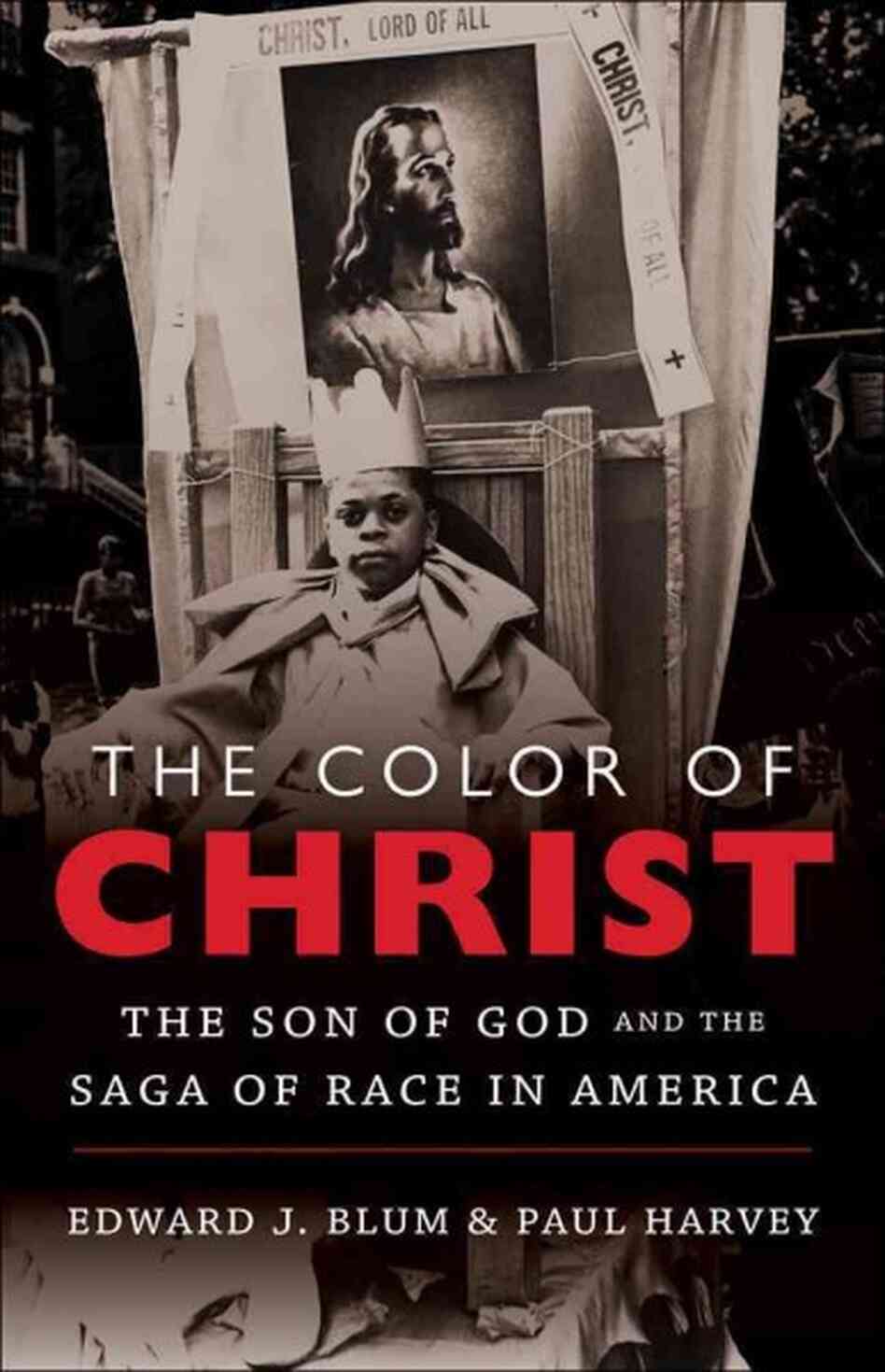Then there’s the disservice Santa does to religion. Even if Ole’ St. Nick didn’t spend so much time cultivating endorsements and trawling malls selling photo ops, it’s not clear that he would be beneficial for the religion to which he is attached. For children, Christmas is the undisputed high point in the religious calendar. Between the daily dose of advent calendar chocolate, opportunities for budding thespians to cut their teeth treading the boards in a nativity play, and, of course, the presents, Christmas has it all. In many ways Santa Claus shares top billing with the baby Jesus. And that’s if you’re going to church.I find this line of reasoning particularly unconvincing. A great many modern theologians and Biblical Scholars (even a fairly large number of clergy and laity) do not take the Virgin Birth any more literally than they do Santa Claus. The story is symbolic, it conveys deep truths about who Jesus was, not biological facts about Mary's body. Similarly, Santa Claus can be seen as a symbol of the joy and benevolence many of us associate with Christmas.
Then one day comes the truth. After spending years deceiving our children about the jolly man who brings presents, can we really say “Gee you got us, but that part about the Virgin giving birth to a child? Now that’s the real deal”? We’re hardly building trust here. We’re catfishing our children. Do Christians really want to bring religion into the rouse?
But perhaps I read Dr. Moss too literally here. She may mean only that we ought not to lie to our children and that doing so diminishes our credibility. I doubt this is so, and find it hard to imagine that any child has gone from learning the truth about Santa to distrusting their parents veracity and authority. It is also not clear to me that we cannot in anyway deceive our children, provided we do so for their own good. I don't think this criticism can stand.
If Christian parents are worried about Santa taking Christmas from Jesus, then they can simply emphasize that St. Nicholas was a Christian Bishop who served Christ above all else, and use that model of piety to inspire a similar veneration of The Good Lord in their children. There need be no conflict here.
More serious is Moss' argument that Santa symbolizes the commercial Christmas that puts profits ahead of people and cheapens all values down to mere economic transactions.
That the modern Christmas is often a gaudy and sappy affair that reeks of cheap commercialism and pushes us into a vapid consumerist frenzy for a whole month of the year is indisputable. That the modern image of Santa Claus is, and has long been, deeply connected to this commercialism is equally obvious.
Indeed, this seems to be the heart of Moss' complaint against the Jolly Ole Elf:
Any five-year-old can see that rich naughty children are pulling down more than their fair share of the gifts. That’s if less affluent families can afford the luxury of purchasing gifts from a figment of the cultural imagination. When petulant rich kids get more presents than poorer angelic ones, it sends mixed messages. The historical St. Nicholas is said to have given money anonymously to poor children. The commercial Santa brings laptops to rich kids. What’s the lesson we’re teaching our children? Life’s not fair? The rules are different for rich people? Better learn the harsh realities of life early.But, despite the long and close connection between the two, the Santa Claus myth did not originate in advertising and consumerism. Moss herself acknowledges as much. The gift-giving St. Nicholas, and even the Jolly St. Nick of The Night Before Christmas, are hardly commercial figures.
Moss does, however, point out a problem with Santa Claus. It surely falls on us parents to be sure that we teach our children an image of Santa Claus that does not favor rich over poor, and that does not pitch commercial values over familial and personal ones.
We can do this by emphasizing Santa's selfless giving, stressing that he loves all children regardless of wealth, class, ethnicity, etc. We can tell our children to put others first and be selfless as Santa is.
How our children picture Santa Claus depends very greatly on how we portray him to them.
It seems to me that Moss entirely misses the joy, the awe, and even the sheer fun of Santa Claus. He is not simply a "sales pitch" and a challenge to Jesus. Santa is, at his best, a symbolic embodiment of goodness, generosity, and Christ-like unselfish love. His person and story can be made to impart these values to our children.
Symbols and myths can convey deep truths to the heart and mind. Once conveyed, such truths sit deeper than mere abstract reasoning can reach.
Simply telling children to care for others, to give with no thought of getting back in return, to love others, to give with joy in our hearts only does so much. But sharing with them a story, that they can later pass on to their children, may convey these truths more powerfully than simple statements ever could.
As a scholar of religion, I'm sure that Dr. Moss can appreciate the value of symbol and myth to convey important truths that are, perhaps, best expressed in that manner:





